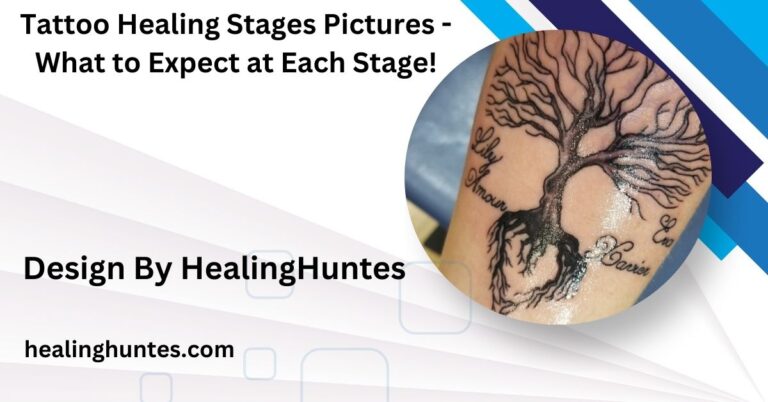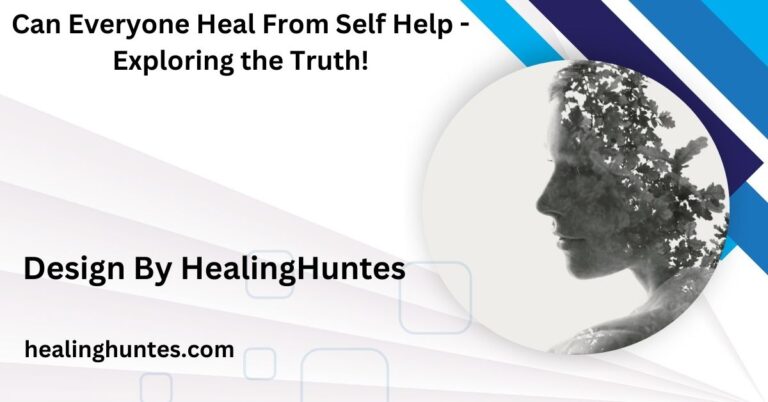How To Heal From Childhood Trauma – Steps to Heal Trauma!
Healing from childhood trauma involves acknowledging its impact, seeking professional help, and practicing self-care. With time and support, you can regain control and find inner peace.
Here’s a guide to help you understand, address, and heal from childhood trauma.
How to Heal from Childhood Trauma? Steps to Regain Control and Inner Peace:

Childhood trauma can have lasting effects, impacting mental, emotional, and even physical health well into adulthood. Healing is possible, though, and with the right tools and support, you can overcome these past experiences.
Acknowledge and Accept Your Trauma:
Acknowledging and accepting your trauma is a crucial step in the healing process. It involves recognizing the pain and distress caused by traumatic experiences, rather than minimizing or dismissing them. Acceptance does not mean condoning what happened or allowing it to define you; instead, it is about understanding that your feelings are valid and deserving of attention. This acknowledgment creates a foundation for self-compassion and encourages you to explore your emotions in a safe environment. By facing your trauma, you empower yourself to begin the journey of healing, paving the way for growth, resilience, and a deeper understanding of your own needs and boundaries.
Seek Professional Help:
Working with a qualified therapist, especially one trained in trauma-informed care, can be transformative. Therapy methods such as Cognitive Behavioral Therapy (CBT), Eye Movement Desensitization and Reprocessing (EMDR), and somatic therapy are proven effective for trauma recovery. Therapy provides a safe space to explore your feelings, recognize patterns, and develop coping mechanisms.
Also Read: Signs Herniated Disc Is Healing – Key Indicators!
Practice Mindfulness and Grounding Techniques:
Mindfulness and grounding exercises help bring you into the present, which is especially useful for trauma survivors who may feel “stuck” in the past. Techniques such as deep breathing exercises, meditation, and body scanning allow you to focus on the here and now, reducing anxiety and improving emotional regulation.
Create a Support Network:

Creating a support network is a vital component of healing from trauma. Surrounding yourself with understanding and compassionate individuals can provide a sense of belonging and comfort during difficult times. Start by identifying friends, family members, or support groups who are willing to listen and provide emotional support. Engaging with others who have experienced similar challenges can also foster connection and understanding. Consider joining community organizations, online forums, or therapy groups focused on trauma recovery.
Engage in Expressive Activities:
Activities like journaling, art therapy, and music therapy allow you to process and express complex emotions. Writing about your feelings or creating art based on your experiences can offer a unique outlet for emotional release and insight. These methods are particularly effective for those who struggle to articulate their feelings verbally.
Develop Healthy Coping Mechanisms:
Developing healthy coping mechanisms is crucial for managing trauma’s effects. Instead of turning to harmful behaviors, focus on strategies that promote well-being. Mindfulness practices, such as meditation and deep breathing, can reduce anxiety and ground you in the present. Engaging in regular physical activity releases endorphins and boosts your mood, while creative outlets like journaling or painting allow for self-expression. Establishing a daily routine can also provide structure and stability. Experiment with different techniques to find what resonates with you, and don’t hesitate to seek professional guidance in developing these skills.
Challenge Negative Beliefs:
Trauma can lead to deeply ingrained negative beliefs about oneself, others, and the world. Recognize these beliefs and challenge them through self-reflection and, if possible, therapeutic exercises. Remind yourself that the past does not define your worth or potential.
Set Boundaries:

Setting boundaries is essential for trauma survivors, especially if past experiences involved relationships where boundaries were not respected. Practice saying “no” when necessary, prioritize your needs, and limit interactions that trigger negative emotions. Establishing these boundaries will create a sense of safety and control.
Focus on Self-Compassion:
Focusing on self-compassion is vital for healing from trauma. It means treating yourself with kindness and understanding, just as you would a friend in distress. Instead of being self-critical, acknowledge your emotions and recognize that struggling is a part of the human experience. Engage in positive self-talk and remind yourself that healing takes time. By nurturing self-compassion, you foster resilience and a supportive inner dialogue, which can significantly enhance your recovery journey. Remember, being gentle with yourself is an important step toward healing and self-acceptance.
Stay Committed to the Healing Process:
Healing from childhood trauma takes time, effort, and patience. Celebrate each small victory and recognize the progress you’re making. Stay committed to the journey, knowing that each step brings you closer to the peace, joy, and fulfillment you deserve.
Final Thoughts:
Healing from childhood trauma is a deeply personal and ongoing journey, but it’s one worth taking. By acknowledging your trauma, seeking support, and developing positive coping strategies, you can break free from the past and reclaim your life. Remember, you’re not alone, and with each step forward, you’re building a brighter, healthier future.
FAQ’s
1. What is the first step in healing from childhood trauma?
The first step is to acknowledge and accept the trauma’s impact on your life.
2. How can therapy help with childhood trauma?
Therapy provides a safe space to explore feelings, recognize patterns, and develop effective coping mechanisms.
3. What techniques can aid in healing from trauma?
Mindfulness and grounding techniques, such as deep breathing and meditation, can help manage anxiety and bring awareness to the present.
4. Why is a support network important in healing?
A support network offers understanding and compassion, reducing feelings of isolation and providing encouragement during the healing process.
5. How long does it take to heal from childhood trauma?
Healing varies for each person and takes time, effort, and patience, but progress can be made with dedication and support.
Conclusion
In conclusion, healing from childhood trauma is a brave and essential journey toward reclaiming your life. By acknowledging your experiences, seeking support, and practicing self-care, you can transform pain into empowerment. Remember, healing takes time, so be patient with yourself. Embrace your progress, and know that a brighter future awaits you.






